International
The doctors who attended Maradona and verified his death testify at the trial
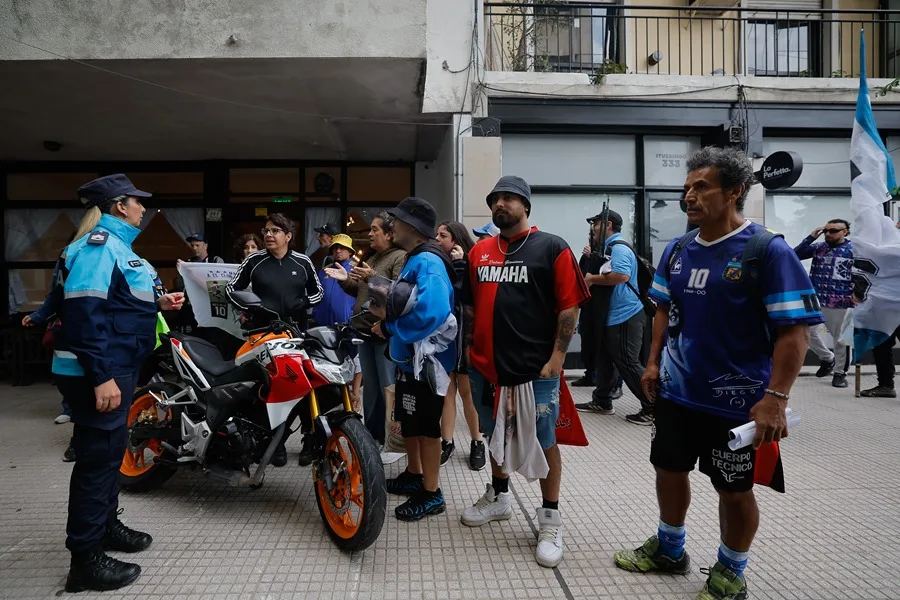
The trial for the death of Diego Armando Maradona will continue this Thursday with the testimonial statements of a medical neighbor summoned before the physical decompensation of the idol and another who recorded his death, on November 25, 2020.
The trial that seeks to determine whether seven health professionals are guilty of simple homicide with eventual male continues in the Oral Criminal Court No. 3 of San Isidro, on the outskirts of Buenos Aires, with the statement of doctors Colin Campbell Irigoyen and Juan Carlos Pinto.
Campbell Irigoyen is a surgeon, a resident of the closed San Andrés neighborhood, who was summoned by the local surveillance staff to assist Maradona with his physical decompensation and tried to resuscitate him.
In previous statements, the witness said that, upon arriving at the patient’s room, he was able to observe the nurse Gisela Madrid “doing CPR (cardiopulmonary resuscitation) maneuvers to Diego Armando Maradona.”
Campbell Irigoyen also detailed that Maradona “was very cold, with stiffness in his mouth, no heartbeat and no pulse, sweaty, with pale skin color, cold sweating” and his arm “loose, loose”, despite which he continued with the nurse with the resuscitation maneuvers.
He also mentioned one of the main defendants, psychiatrist Agustina Cosachov: “I was next to the bed but I was doing nothing,” according to the court order.
Finally, he assured that the patient had, at the time of his death, pulmonary edema.
The other witness will be Juan Carlos Pinto, a doctor from the company specialized in medical emergencies +Vida, who checked Maradona and confirmed his death after arriving in an ambulance with medical equipment.
During the stage of accumulation of tests, Pinto stated that he had applied resuscitation maneuvers to the patient as “electrical activity with the defibrillator” (which he carried) and adrenaline injections, for 45 minutes, without positive results.
In his previous statements he said that he was able to verify “cadaveric livides”, which, according to his explanation, occur after “approximately an hour of death”. He said that he was also able to verify the onset of stiffness in the patient’s lower jaw.”
During the stage of accumulation of evidence, the witness confirmed that, when entering the room, he found the neighbor and the nurse performing resuscitation tasks and, immediately, immediately developed “electrical activity with the defibrillator,” although the patient was “without electrical activity”, with the heart “basically stopped.”
Last Tuesday, four police officers who entered the house on November 25, 2020, testified before the Court and emphasized the abdominal swelling that Maradona presented, as well as the lack of medical elements such as serum and defibrillator.
Keep in mind that the defibrillator used arrived with the doctor of the company +Vida.
Judges Maximiliano Savarino, Verónica Di Tommaso and Julieta Makintach must determine whether seven of the eight defendants are guilty of the crime of simple homicide with eventual malice, which has a maximum penalty of 25 years in prison.
The judges in this process: neurosurgeon Leopoldo Luque, psychiatrist Agustina Cosachov, psychoanalyst Carlos Díaz, doctor and coordinator of the Swiss Medical company, Nancy Forlini, doctor Pedro Di Spagna, nurse coordinator Mariano Perroni and nurse Ricardo Almirón.
Nurse Gisela Madrid is also being prosecuted, who requested a jury trial and will be tried in a process that will begin during the second half of this year, once the main debate is over.
International
Ecuador oil spill worsens as containment dam collapses
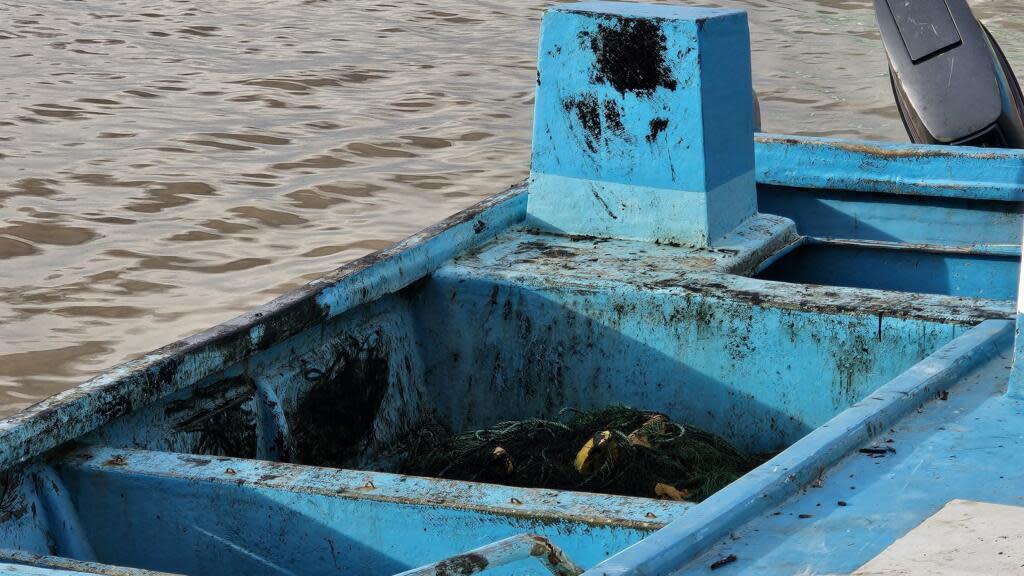
The collapse of a containment dam holding back part of the 25,000+ barrels of oil spilled from a pipeline rupture nearly two weeks ago has worsened the environmental crisis in northwestern Ecuador, contaminating rivers and Pacific beaches.
The Ecuadorian government attributed the March 13 pipeline rupture—which led to the spill of 25,116 barrels of crude—to an act of sabotage. The spill affected three rivers and disrupted water supplies for several communities, according to authorities.
On Tuesday, due to heavy rains that have been falling since January, a containment dam on the Caple River collapsed. The Caple connects to other waterways in Esmeraldas Province, a coastal region bordering Colombia, state-owned Petroecuador said in a statement on Wednesday.
Seven containment barriers were installed in the Viche River, where crews worked to remove oil-contaminated debris. Additional absorbent materials were deployed in Caple, Viche, and Esmeraldas Rivers, which flow into the Pacific Ocean.
Authorities are also working to protect a wildlife refuge home to more than 250 species, including otters, howler monkeys, armadillos, frigatebirds, and pelicans.
“This has been a total disaster,” said Ronald Ruiz, a leader in the Cube community, where the dam was located. He explained that the harsh winter rains caused river levels to rise, bringing debris that broke the containment barriersthat were holding the accumulated oil for extraction.
International
Federal court blocks Trump’s use of Enemy Alien Act for deportations
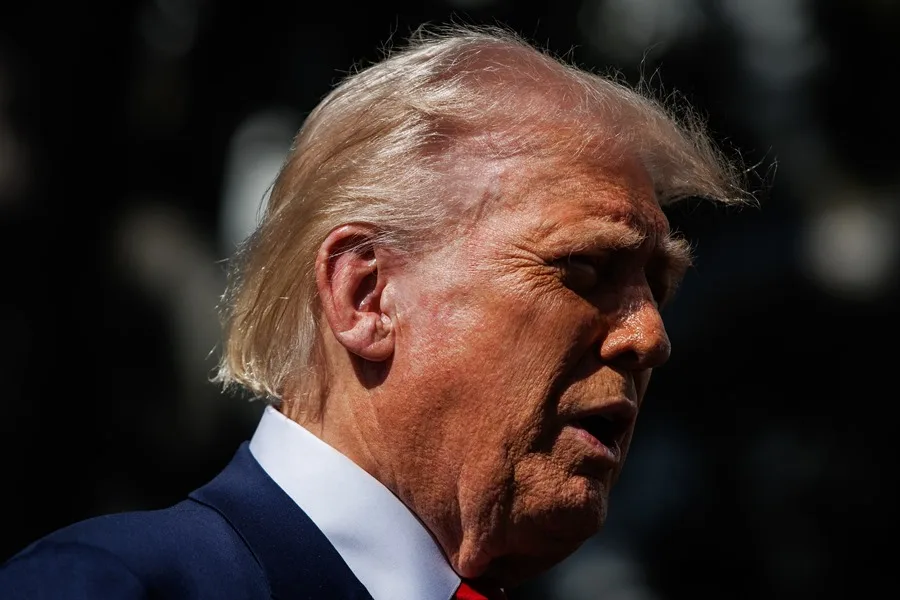
A federal appeals court upheld the block on former President Donald Trump’s use of the Enemy Alien Act on Wednesday, preventing him from using the law to expedite deportations of alleged members of the transnational criminal group Tren de Aragua.
With a 2-1 ruling, a panel from the Washington, D.C. Court of Appeals affirmed previous decisions by two lower court judges, maintaining the legal standoff between the White House and the judiciary.
On March 14, Trump invoked the 1798 Enemy Alien Act, a law traditionally used during wartime, to deport hundreds of Venezuelans whom he accused of belonging to Tren de Aragua, a criminal organization that originated in Venezuelan prisons.
The centuries-old law grants the president the power to detain, restrict, and expel foreign nationals from a country engaged in a “declared war” or an “invasion or predatory incursion” against the United States, following a public proclamation.
Central America
Kristi Noem in Latin America: Talks with Bukele on expulsions and security policies
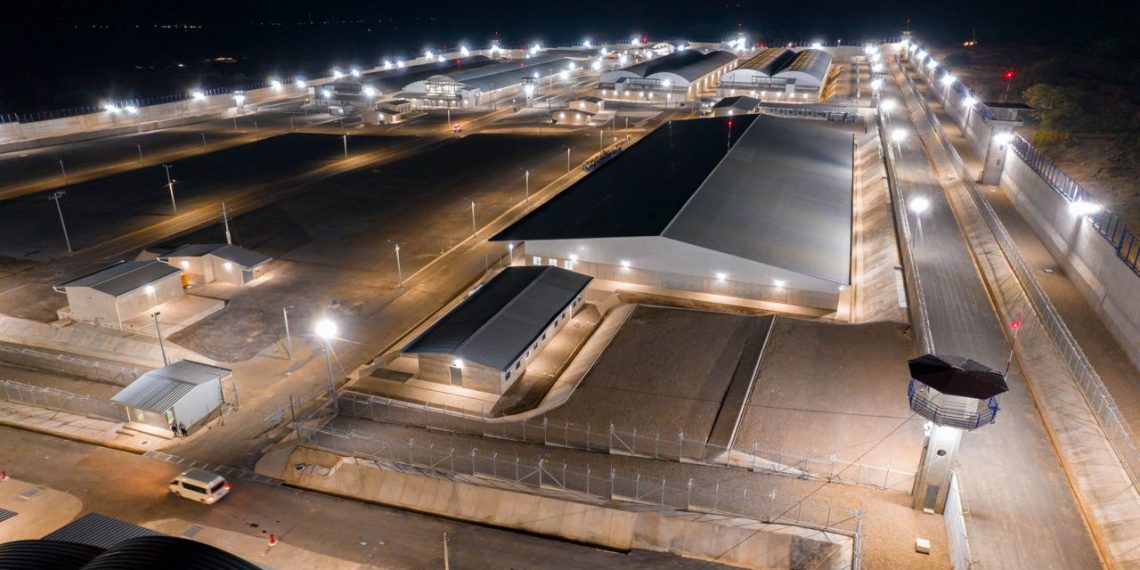
U.S. Homeland Security Secretary Kristi Noem arrived in El Salvador on Wednesday for a meeting with President Nayib Bukele. In a post on the social media platform X, she stated that her goal is to increase deportation flights and expel foreign nationals who have committed crimes in the United States.
El Salvador is the first stop on Noem’s three-nation tour of Latin America this week. On Thursday, she will travel to Colombia to meet with President Gustavo Petro, and on Friday, she will visit Mexico, where she is scheduled to meet with President Claudia Sheinbaum.
After arriving in El Salvador, Noem, along with Gustavo Villatoro, El Salvador’s Minister of Justice and Security, visited the Terrorism Confinement Center (Cecot)—the megaprison built under Bukele’s administration, designed to house 40,000 inmates. Noem said she wanted to “see firsthand the detention center where the worst criminals are held.”
Cecot is considered the largest prison in the Americas and a key symbol of Bukele’s controversial crackdown on crime.
According to the Salvadoran government, the prison—located about 70 kilometers from San Salvador—houses members of gangs such as MS-13 and Barrio 18, who have been convicted of serious crimes. The facility also holds the 238 Venezuelans deported from the United States on March 15, in an unprecedented transfer that has drawn criticism from Venezuela’s government and international human rights organizations.
-
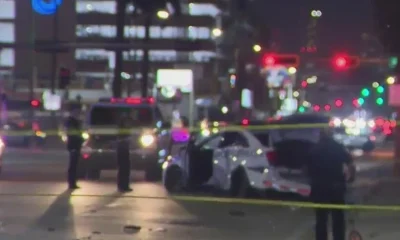
 International4 days ago
International4 days agoMiami crash injures three, including police officer; one in critical condition
-

 International4 days ago
International4 days agoPetro criticizes Milei, calling him ‘greedy’ and a ‘Mussolini nostalgic’
-
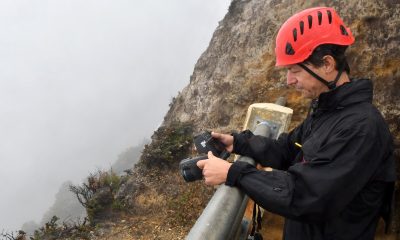
 Central America3 days ago
Central America3 days agoCosta Rica’s Poás volcano on orange alert amid rising magma activity
-
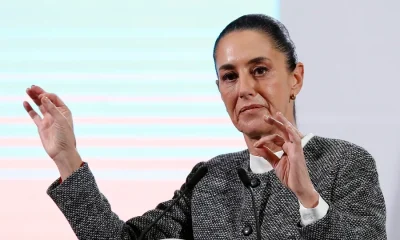
 International2 days ago
International2 days agoDHS Secretary Kristi Noem to meet with Mexico’s President Claudia Sheinbaum on friday
-
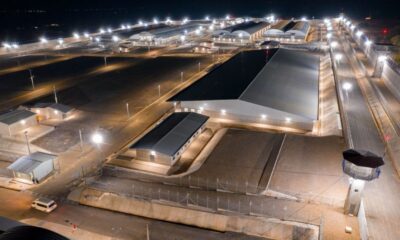
 International2 days ago
International2 days agoMaduro urges UN to intervene for venezuelan migrants detained in El Salvador
-
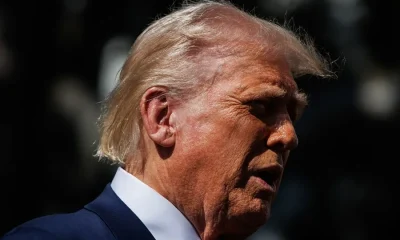
 International20 hours ago
International20 hours agoFederal court blocks Trump’s use of Enemy Alien Act for deportations
-
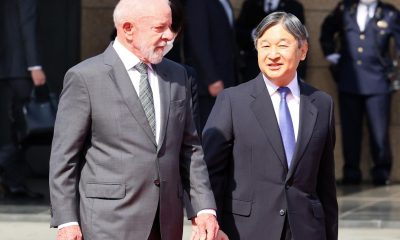
 International2 days ago
International2 days agoLula meets Japan’s emperor as Brazil seeks stronger trade ties
-
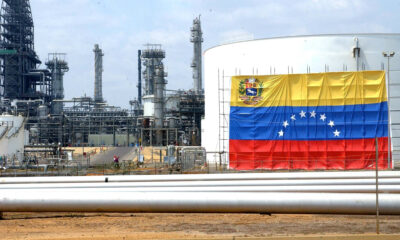
 International2 days ago
International2 days agoTrump’s tariff decree disrupts venezuelan oil exports to China
-

 International2 days ago
International2 days agoCanada updates U.S. travel advisory amid immigration policy changes
-

 Central America20 hours ago
Central America20 hours agoKristi Noem in Latin America: Talks with Bukele on expulsions and security policies
-
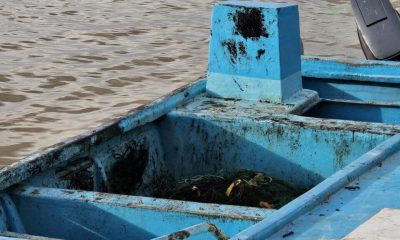
 International20 hours ago
International20 hours agoEcuador oil spill worsens as containment dam collapses
-
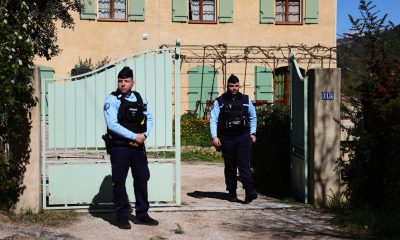
 International2 days ago
International2 days agoMystery deepens in Émile Soleil case as family members are arrested
-

 International2 days ago
International2 days agoU.S. Homeland Security Chief tours Latin America as deportation policy sparks tension
-

 International2 days ago
International2 days agoDHS official recognizes El Salvador as key ally in combating irregular migration
-
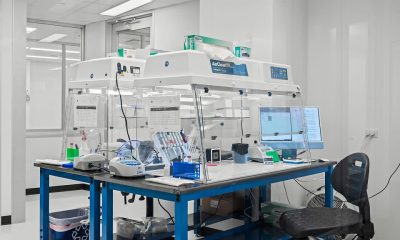
 International2 days ago
International2 days agoForensic genealogy uncovers identity of woman found in California in 1966
-
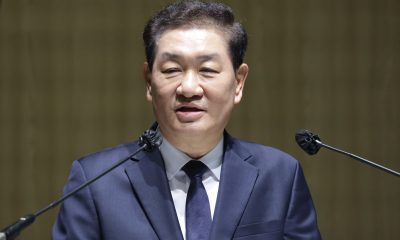
 International2 days ago
International2 days agoTech industry shocked by sudden death of Samsung executive Han Jong-hee
-
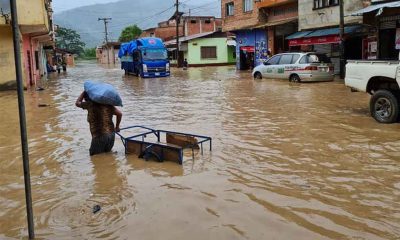
 International3 days ago
International3 days agoBolivia declares disaster in 90 municipalities as heavy rains continue
-
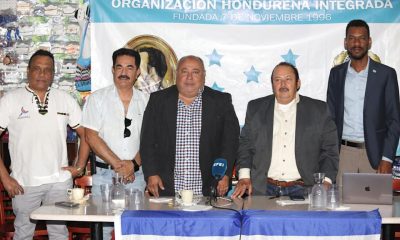
 Central America20 hours ago
Central America20 hours agoHonduran group in U.S. pushes for voter registration to prevent election fraud
-

 International3 days ago
International3 days ago23andMe declares bankruptcy amid data breach fallout and declining sales
-
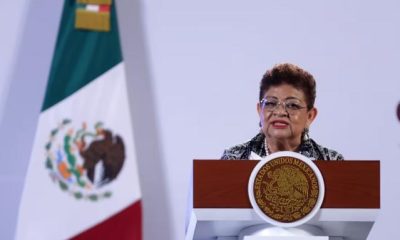
 International3 days ago
International3 days agoMexico to launch National Identity Platform to aid in missing persons search















